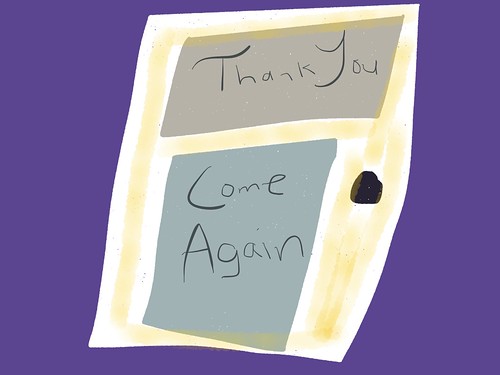 (This is for the Slice of Life challenge, hosted by Two Writing Teachers. We write on Tuesdays about the small moments in the larger perspective … or is that the larger perspective in the smaller moments? You write, too.)
(This is for the Slice of Life challenge, hosted by Two Writing Teachers. We write on Tuesdays about the small moments in the larger perspective … or is that the larger perspective in the smaller moments? You write, too.)
For all of July, we in the CLMOOC community were drawing and doodling and sharing. With today’s theme of “exit” now complete, I was trying to figure out how best to grab all of 31 of my doodles together. I’m still hoping to do a collage, but this video version via Animoto will have to do for now. The use of the artistic garden animation theme seemed … appropriate.
Many of the crowd-sourced themes connected to the Write Out project, which is another open learning adventure that took place the last few weeks.
I used the Paper app on my iPad for my doodles, and making art is always tricky for me. Writing is so much easier. Words flow faster than visual ideas. These pieces were all done with fingers, not stylus. Sort of like finger-painting. So, some of these doodles I made I like a lot and some, not so much.
What I appreciated most was the call and invitation to doodle in a networked community, and to share with others, and to see how my friends took the same idea in different directions.
Peace (on the tip of the pen),
Kevin
